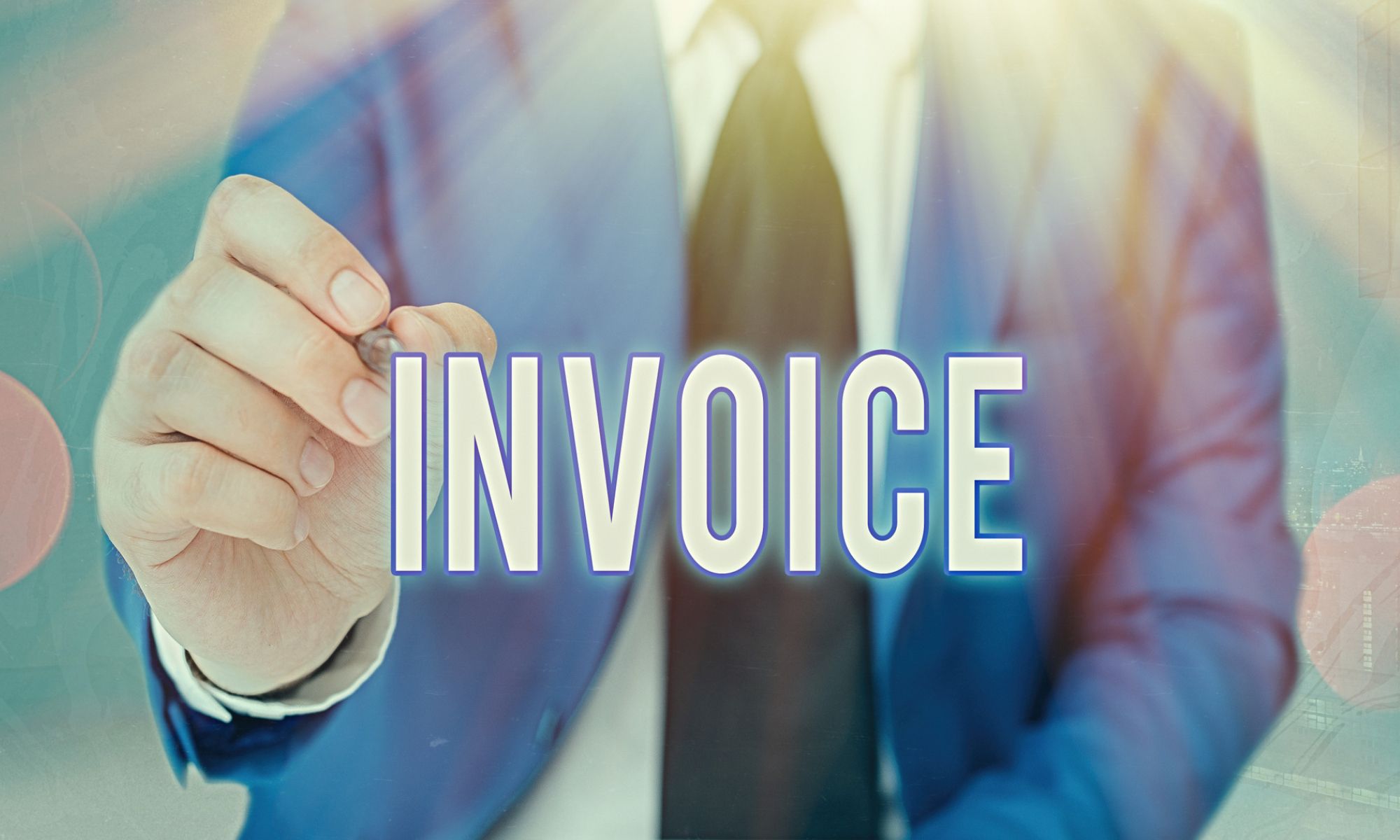What is Electronic Invoicing? Why Use It?
Electronic invoicing is not a novelty, where its use has been regulated since 2015. Still, with the entry into force of the so-called Create and Grow Law, the obligation to use electronic invoicing extends beyond the Administration. This article will explain the electronic invoice and why it can be advantageous for the company or the self-employed professional.
What is electronic invoicing?
Electronic invoicing is the process of invoicing and sending invoices through electronic means, either by converting a paper invoice into a PDF document and sending it via email or by making invoices through a program or billing software and sending these invoices via email or through a platform such as FACe (the entry point for electronic invoices used by the Administration).
Electronic invoices are, according to the law, equivalent to paper invoices and have the same legal effects as these, as well as must comply with the same legal obligations and requirements established in Royal Decree 1619/2012, which approves the Regulation that regulates billing obligations.
Also Read: Incorporating Artificial Intelligence Into Business Model
Therefore, electronic invoicing in Spain is an alternative to paper invoicing, which, moreover, is gradually spreading among companies and self-employed professionals, given the advantages that this type of invoicing provides and due to the approval of new laws that extend its obligation, as we will see later.
Electronic invoice types
When we talk about electronic invoices, we must distinguish between two types:
Unstructured electronic invoice: These electronic invoices are not made using billing software but are essentially an image; when we transfer the invoice to PDF, we scan or photograph it to send it by email. These invoices cannot be automatically entered into the recipient’s computer system, which implies a manual process or OCR tools.
Structured electronic invoice: This type of electronic invoice uses a standard format, usually in XML language (such as Facturae), EDIFACT, etc., which allows invoices to be generated automatically through the use of billing software and also transmitted automatically to the recipient’s payment and accounting system.
How to make an electronic invoice?
Making an electronic invoice is not different from how a paper invoice is made since it must have the same content as this one:
- Number and serial if apply
- Issue Date
- Name and surname or business name of the issuer and recipient of the invoice
- NIF of issuer and receiver
- Address of the sender and receiver
- Description of the goods or services provided
- tax rate
The difference is that once we use billing software, it will be enough to enter the relevant data to generate the invoice automatically once it is configured. Therefore, how an electronic invoice is made depends largely on the type of software we use for it (generally, these programs are easy to learn to use in a short time).
Electronic invoice requirements
To consider the electronic invoice for freelancers and companies valid, it is necessary that, apart from the aforementioned minimum content, they meet a series of requirements:
Readability: The invoice must be human-readable, something that any billing program we decide to use will take care of.
The authenticity of origin: Authenticity implies guaranteeing the identity of the invoice issuer and the supplier of goods or service provider, in case they are different.
Content integrity: It means that the content of the invoice has not been modified or altered. Both to guarantee this requirement and the previous one, the electronic signature is used when creating the invoice (or any other means accepted by the regulations).
Client consent: In the case of invoicing private clients, they must have given their consent to receive the invoices in electronic format.
Interconnection and interoperability: The programs and systems for issuing and receiving electronic invoices must guarantee interconnection and interoperability between them, which will be free (accreditation of interconnection and interoperability will be determined by regulation). In this sense, receivers may not force issuers to use a predetermined electronic invoicing solution, platform, or service provider.
Access period: Access to invoices must be maintained for four years. Likewise, access must be allowed for three years to electronic invoices for those clients whose contracts have ended.
Facilitate access, viewing, downloading, and printing of the electronic invoice for recipients.
Why use electronic invoicing?
Using electronic invoicing, understood as the one that uses billing software, allows companies and professionals to prepare their invoices in a much more agile and simple way, saving the time it takes to convert invoices from paper to digital format since the process is simplified once the program has been configured and when making the invoice, the only thing that must be done is to enter the corresponding data, even many times it will not be necessary to make more than small corrections if the program that we use also allows Prepare budgets and transform them into invoices.
In addition, the process of issuing and sending the invoice is also simplified and expedited, especially if the recipients use compatible billing systems or platforms.
Electronic invoicing allows for better billing control, avoiding numbering errors, and integrating it with accounting and taxation if compatible or integrable programs are used in ERP systems.
But there is also a legal reason to start using electronic invoices: electronic invoicing is mandatory in Spain for providers that work with the Administration. It will also be from 2024 for companies and professionals that invoice B2B ( business to business, that is, they bill other companies and professionals).
Who is required to invoice electronically?
Therefore, electronic invoicing is mandatory :
For companies and self-employed professionals that provide goods or services to Public Administrations.
For companies and self-employed professionals who provide goods or services to other companies or self-employed persons.
Also Read: OpenAI Transforms ChatGPT

